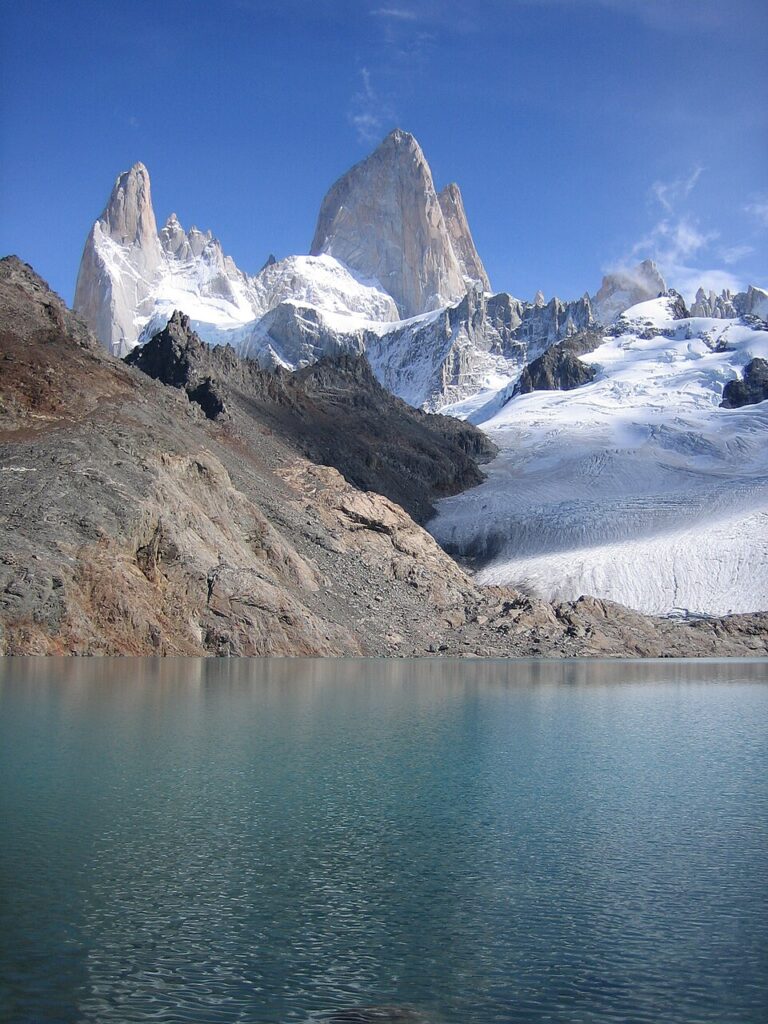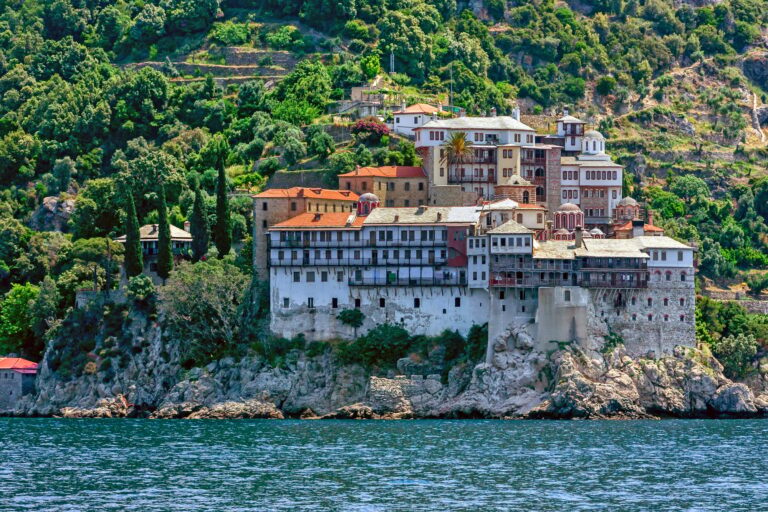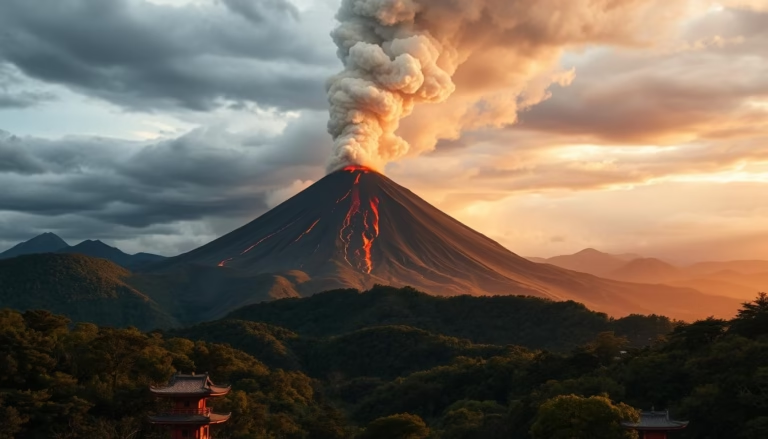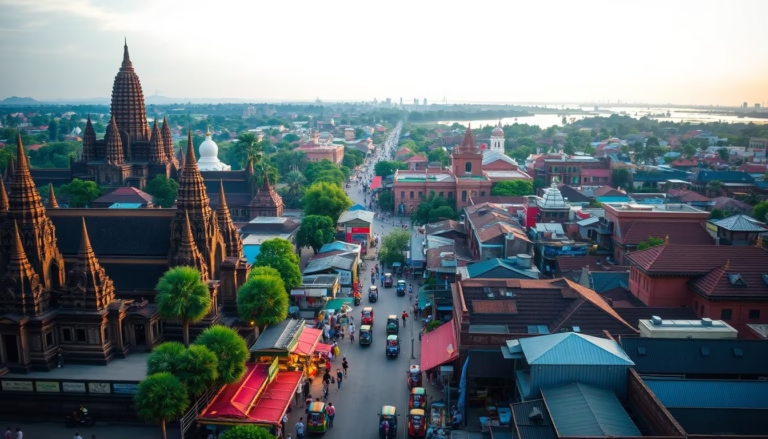11 Extraordinary Mountains You Can’t Miss
Table of Contents
- Mount Everest: The Roof of the World
- Matterhorn: The Iconic Swiss Peak
- Table Mountain: Cape Town’s Majestic Overlook
- K2: The Savage Mountain’s Challenge
- Banff National Park: Canada’s Natural Wonder
- Mount Kailash: A Sacred Ascent
- Monte Fitz Roy: The Climbers’ Dream
- Aoraki Mount Cook: New Zealand’s Cloud Piercer
- Mount Huang: Mystical Landscapes of China
- Amphitheatre, Drakensberg: Dramatic Cliffs of Africa
- Mount Kinabalu: Biodiversity at its Peak
Mount Everest: The Roof of the World

The towering Mount Everest, standing at an astonishing 8,848 meters (29,029 ft), is not just the highest mountain on Earth; it’s a legend woven into the fabric of human endeavor. People from all walks of life flock to this summit, lured by the intoxicating challenge of its heights. This majestic giant sits on the border of Nepal and Tibet, enveloped in a mystique that draws climbers and adventurers from across the globe. While it’s known for its perilous conditions—battling altitude sickness and fierce weather—what could possibly compel someone to risk it all? Perhaps it’s the promise of conquering the skies, of standing on top of the world, a place where few have ventured. The first successful ascent was achieved on May 29, 1953, by the indomitable Sherpa Tenzing Norgay and New Zealander Edmund Hillary, forever immortalizing their names in the annals of exploration.
Matterhorn: The Iconic Swiss Peak

With its stunning pyramid shape and commanding 4,478-meter (14,692 ft) height, the Matterhorn stands as Switzerland’s most iconic mountain, straddling the border with Italy. This formidable peak is not only a pinnacle of beauty but is also steeped in a tragic history of climbing, with many lives lost in its pursuits since it first saw climbers in 1865. Its forbidding cliffs and surreal silhouette are a photographer’s dream and a mountaineer’s challenge, presenting an irresistible allure that has captivated generations. The name itself hints at the geography; ‘Matte’ means meadow and ‘Horn’ means peak in German, painting a picture of sharp contrast between serene landscapes and the fierce granite walls, small patches of snow precariously hugging its steep faces.
Table Mountain: Cape Town’s Majestic Overlook

Rising majestically over Cape Town, Table Mountain is a flat-topped marvel that beckons visitors with its breathtaking views and rich biodiversity. Standing at 1,086 meters (3,563 ft), this mountain is as much a cultural symbol as it is a natural wonder. European explorer António de Saldanha was the first to describe its striking shape in 1503, and today’s visitors can ascend via a scenic cableway that whisks them to its summit, revealing panoramic vistas of the Atlantic and the city below. The mountain also hosts a variety of ecosystems, with unique flora and fauna thriving in its environment—a perfect blend of adventure, culture, and natural beauty.
K2: The Savage Mountain’s Challenge

Known as the Savage Mountain, K2 rises to 8,611 meters (28,251 ft), making it the second-highest mountain in the world, yet perhaps the most daunting to climb. Nestled amidst the Karakoram range on the border of Pakistan and China, K2 has a reputation haunting with beauty and the tragic tales of climbers who have succumbed to its perils. Its staggering altitude and technical climbing routes induce heartbeat-racing thrills, and approximately one in four climbers who attempt its summit tragically do not return. Ever since an Italian expedition made the first successful ascent in 1954, it has become a prime stage for the toughest climbing feats on the planet.
Banff National Park: Canada’s Natural Wonder

Banff National Park holds the title as Canada’s oldest national park, a sanctuary established in 1885 that sprawls within the majestic Rocky Mountains. Amidst these rugged terrains, you will discover unique geological formations and breathtaking vistas that are unrivaled. The notable Mount Assiniboine, often dubbed the ‘Matterhorn of North America,’ towers at 3,618 meters (11,870 ft), while the enchanting Valley of the Ten Peaks offers postcard-perfect scenes surrounding the shimmering Moraine Lake. Each corner of Banff serves as a reminder of nature’s impeccable artistry, enticing visitors with opportunities for exploration, hiking, and breathtaking photography.
Mount Kailash: A Sacred Ascent

Believed to be the abode of Lord Shiva, Mount Kailash holds an unmatched reverence across five religions, standing at 6,638 meters (21,778 ft) in Tibet. This enigmatic peak draws thousands of pilgrims, many of whom has embarked on a journey around its base—believed to bestow spiritual blessings. Climbing Kailash, however, is prohibited; it remains the only eight-thousander that has never faced an ascent due to its sacred status. Visitors are instead rewarded with stunning vistas of this spiritually powerful mountain, a sentinel of faith that invites contemplation and reflection.
Monte Fitz Roy: The Climbers’ Dream

Monte Fitz Roy, standing at 3,375 meters (11,073 ft), is a striking landmark straddling the border of Argentina and Chile and is famous not just for its beauty but for the technical challenges it presents to climbers. Often shrouded in clouds, this granite giant demands respect and skill, rewarding only the most dedicated adventurers with its summit. First ascended in 1952 by a pair of determined French climbers, this mountain’s sharp, jagged peaks have inspired countless climbers who seek to test their skills against its daunting walls.
Aoraki Mount Cook: New Zealand’s Cloud Piercer

Aoraki Mount Cook is the crown jewel of New Zealand, soaring to 3,754 meters (12,316 ft) and earning its name, which translates to “Cloud Piercer” in the Maori language. This commanding peak resides in a national park that cradles numerous summits over 3,000 meters. This mountain attracts both serious climbers and casual tourists who are captivated by its awe-inspiring presence, often depicted in countless photographs and stories. A challenging ascent paired with unpredictable weather brings a mysterious allure that resonates with climbers and dreamers alike, marking this mountain as one of the world’s most treasured climbs.
Mount Huang: Mystical Landscapes of China

Known as Huangshan, or “Yellow Mountain,” this massif in eastern China is famed for its ethereal beauty, featuring peculiarly-shaped granite peaks and dramatic vistas that have inspired countless paintings and folklore. At its highest point, the Lotus Peak reaches 1,864 meters (6,115 ft), surrounded by clouds that swirl around it like a mystical veil. Visitors can traverse ancient stone steps or glide up on modern cable cars, a perfect blend of history and convenience that opens up the mountain’s allure to many. Each sunset paints the sky with colors that dance across the scenery, a breathtaking sight that lingers in the hearts of those fortunate enough to witness it.
Amphitheatre, Drakensberg: Dramatic Cliffs of Africa
In the heart of the Drakensberg mountains, the Amphitheatre emerges—a magnificent cliff face over 5 kilometers (3 miles) long, with sheer drops of approximately 1,200 meters (4,000 ft) cutting through the sky. This natural wonder is not just a geological phenomenon but a stunning display of nature’s might, attracting hikers and photographers eager to capture its grandeur. The Drakensberg itself, rising to heights of 3,482 meters (11,420 ft), is known as “dragons mountain” in Dutch, a fitting name for a range that inspires both fear and fascination.
Mount Kinabalu: Biodiversity at its Peak

Reigning over the island of Borneo, Mount Kinabalu reaches 4,095 meters (13,435 ft) and is celebrated not just for its height but for its incredible biodiversity. Home to hundreds of ferns, birds, and mammal species, this mountain hosts a rich tapestry of life that fascinates biologists and nature enthusiasts alike. Climbing Kinabalu is an accessible pursuit for those in good physical condition, with well-marked trails and guided tours ensuring safety. As you trek through its lush ecosystems, you feel the weight of history—centuries of climbers who have cherished this natural wonder whilst sustaining its remarkable flora and fauna.






